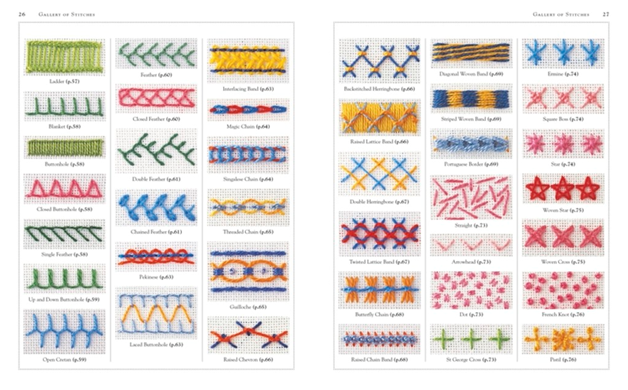
We have talked a lot about western and eastern clothing. But now is the time to delve deeper into what is considered a beauty of the eastern attire – embroidery. All of us love embroidered clothes and we love the small flowers and patterns on solid colors and prints but more often than not we fail to realize the details of those embroideries. So here is a quick overview of some of the types of embroidery that you can use to buy or design your clothes next time. The easiest way to recognize the embroidery is through the stitches.
Walking Stiches (Or Running Stitches)
This type of stitch comes with a dashed like shape and is often used for intricate and smaller styles. They capture very small details and can give an almost unnoticed but reflective shade to the overall appearance of the clothes. In most retail designs, this is the stitch that is used to imitate the look of hand-stitching.

Satin Stitch
This is the stitch used for writing or lettering embroidery. Sometimes this type of stitch is mixed with the fill stitch which is used to make the writing more pronounced. The edges of the letters are of satin stitch and the filling of those letters are from the fill stitch. This embroidery is common in funky but chic clothes these days. You can easily find printed words and letters but stitched writing takes a lot more technique and hard work. And as the name implies, this type of embroidery also gives a shiny and smooth finish like satin.

Fill Stitch
As already explained above, the fill stitch is used to cover a relatively expansive area. These are not only used for filling writing but also to add more color and strength to flowery or abstract embroidery.
Embroidered clothes are usually considered part of formal wear in this part of the world and are more expensive. The cloth used for embroidered dresses also needs to be of stronger material so it does not tear off by the pressure and weight of the embroidery. So next time you went out to shop for clothes to be worn on the next family wedding, impress your companions by your understanding of this beautiful tradition of eastern clothing.
